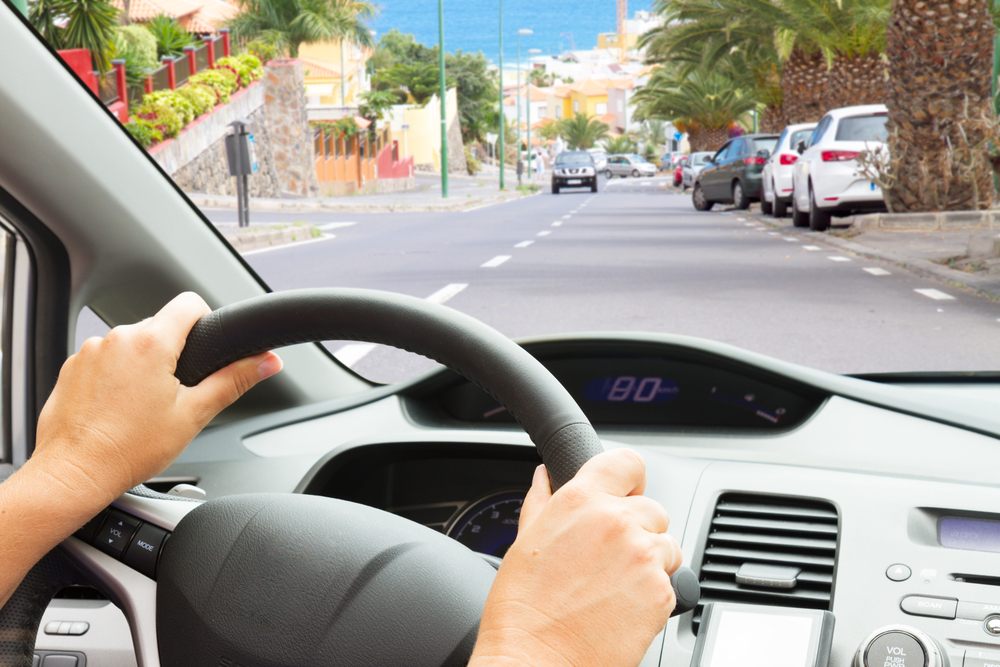It was just a matter of time. The needs and desires of automanufacturers and insurance companies have been converging for awhile, but it took automotive telematics to help bring the twoindustries into alignment.
|Both industries are increasing focus on driver safety, albeitfrom somewhat different perspectives. From an insurer'sperspective, driver safety typically means fewer costly accidentclaims. On the automakers' side, vehicles operated safely also tendto perform better, which can make their drivers happy customers. Inaddition, safe drivers generally enjoy an array of economic perks,such as insurance discounts. In fact, everyone wins. Increasingly,the common link between these disparate participants istelematics.
|But before we discuss telematics, let's look at road safety.Consider these alarming U.S. statistics for road fatalities, ascited by the United States National Highway TrafficSafety Administration (NHTSA):
- The total number of highway fatalities in the UnitedStates recorded since NHTSA began tracking this information is3,685,564.
- One-third of all fatalities occur atintersections.
- Every year, 3,000 highway fatalities occur because of driverdistraction, according to NHTSA.
Those numbers are troubling, and need to be reduceddramatically. But how? Telematics might hold the solution or, moreprecisely, the big data that lies behind telematics technology.Everyone involved — insurers, automakers, and consumers alike — canleverage the power of telematics to make our roads safer. Oh, andthere can be a few potential economic benefits too, which couldsweeten the deal for all involved (described in greater detailbelow).
|Auto manufacturers generally use telematics data to communicateinformation to car owners about their vehicle's maintenancescheduling needs, performance, and overall health. Consumers canalso receive information from auto manufacturers about theirdriving behavior. From a safety perspective, it's a win-winsituation. As the consumer gleans insight from driving data, he orshe may begin driving more carefully; this in turn can enhance avehicle's performance and fuel efficiency. The more fuel-efficienta vehicle becomes, the more money the consumer potentially saves.The better a vehicle performs, the more likely its owner will bepleased with the auto brand. For automakers, the potential valueproposition that telematics offers is clear. Theoretically, thelonger an auto manufacturer can maintain the trust of the consumer,the longer a consumer may want to remain within that auto family —all good for the bottom line.
|Related: 5 pay-as-you-drive car insurancemyths
||
Consumers potentially stand to benefit when they share datawith automakers and insurers. (Photo:Shutterstock)
|Telematics data is also highly valued by many insurers.Traditionally, insurers rate consumers on various components thatinclude proxy data to predict an individual's risk level, settingrates accordingly. A frequent complaint by many consumers is thatnot much insight goes into the rating process. Yet, telematics dataallows insurers to consider details of individual driving behaviorwhile developing rates for consumers, which can lead to moreaccurate and individualized pricing. It becomes less about themasses and more about individual behavior and performance.
|Insurers using telematics data as part of their underwritingpractices might now be perceived by consumers as operating withgreater transparency, since consumers can examine their personaldriving data — most likely much of the same data their insurancecompany reviewed when establishing their rate in the first place.This not only gives consumers insight into how their drivingbehavior influences pricing but could also encourage safer driving.And of course, safer behavior typically means fewer accidentclaims, reduced loss costs for the insurer, and, ultimately, has apositive impact on policyholder rates.
|Consumers potentially also stand to benefit when they share datawith automakers and insurers. Overall cost of vehicle ownership maybe reduced through lower insurance rates, fewer out-of-pocket costsassociated with vehicle maintenance, and potentially better fuelmileage. Consumers can also evaluate their driving behavior andexamine what locations along their daily commute might place themat higher risk for traffic accidents.
|When purchasing a "connected" vehicle that's equipped to enabledata linkages, car owners will be given the option of consenting toshare their automobile's data with a telematics data exchangeplatform, assuming the car's manufacturer participates in a dataexchange. The automaker then automatically collects a consumer'sdriving data and submits it to a telematics data exchange. Anexchange can analyze the data and generate a score for eachvehicle, which is shared with both the manufacturer and the driver.Consumers can use this information to gain insight into ways ofimproving driving behavior and may decide to share it with aninsurance company. And an insurer receiving such information fromconsumers may then be in a better position to evaluate morefavorable rates for safe drivers.
|So, yes, when the focus is on driver safety, everyone can win.It was only a matter of time.
|Jerel Cestkowski is manager of business development fortelematics at Jersey City, N.J.-based Verisk Analytics.
|Related: The other (telematics) shoe drops: Progressive'sanswser to questionable drivers
|We're on Facebook, please join us.
Want to continue reading?
Become a Free PropertyCasualty360 Digital Reader
Your access to unlimited PropertyCasualty360 content isn’t changing.
Once you are an ALM digital member, you’ll receive:
- All PropertyCasualty360.com news coverage, best practices, and in-depth analysis.
- Educational webcasts, resources from industry leaders, and informative newsletters.
- Other award-winning websites including BenefitsPRO.com and ThinkAdvisor.com.
Already have an account? Sign In
© 2024 ALM Global, LLC, All Rights Reserved. Request academic re-use from www.copyright.com. All other uses, submit a request to [email protected]. For more information visit Asset & Logo Licensing.








